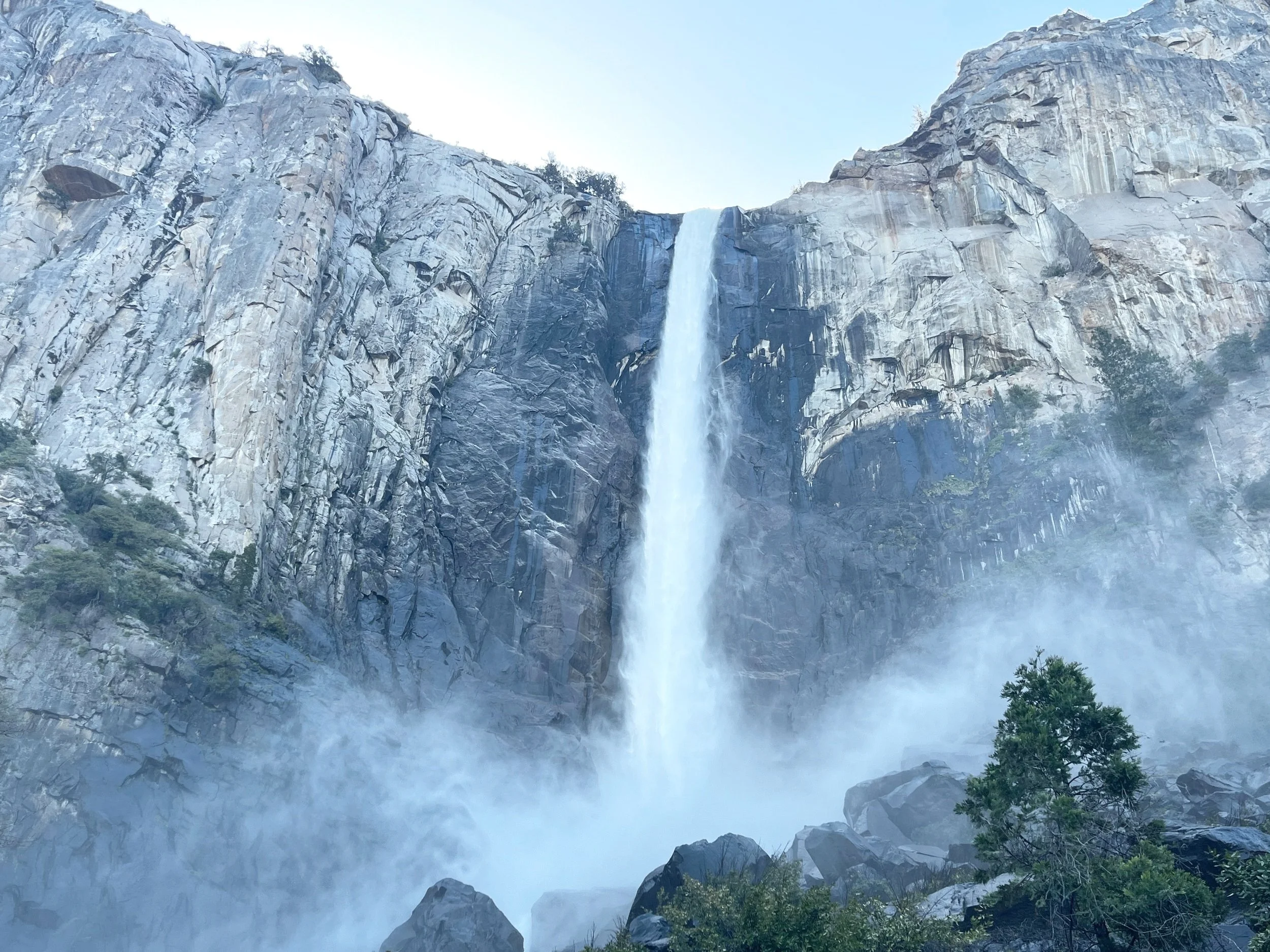You are hereby invited, encouraged—NEEDED—to change the world. Not the whole world, just a piece of it. Just the piece that you can reach. That you can see. That you can pick up and carry.
And maybe this isn’t so much an invitation to make change so much as it is a plea for you to value and honor the changes that you make in the world every day. Every time you share your love. Every time you experience joy. Every time you bring that bit of joy to your work or your relationships.
It always seems that someone bigger, or more important should be making the change. It seems like in order to make change, you would need status, or money, or power. But big voices have said important things in powerful places time and time again, and the mountains didn’t move at all. Because that’s not how change works.
We always look for big moves. Big changes. Events. This is not how change works.
What people call transformational change is really that moment of incremental change where there is a developmental shift. Where a perspective shifts. Where a capability emerges. You don’t get transformation without increments ---without the patience of putting one foot in front of the other. And you don’t get increments unless you are willing to believe that small acts matter.
I know that there are wrenching and painful and awful problems in the world right now. And I know that in the face of it all, it can feel like any act is too small. Or useless. Or pointless. I know that my small act today won’t change the course of a war, or homelessness, or poverty tomorrow.
But humanity and its changes aren’t linear. We humans move more like a murmuration than a machine. Someone shifts their course—inspires action in another and something shifts, slightly, but importantly.
This is an invitation to bring to the world ‘that thing you do.’ Whatever it is. With as much love and tender care as you can. With as much passion and fierceness as needed. With the quiet constancy that isn’t heard but is felt. It seems too small. But you have no idea how big it really is.
I know that when people bring their gifts to the world something changes. Somethings heals. Something grows. I know because I have seen it. I have felt it so deeply.
Just this week someone listened to me and helped me hold something old and hurt. Just this week someone took a risk and imagined a day where all of their employees got to have their experience validated—and with that validation and support, got to change the conversation. Just this week someone was brave enough to call a family member and share something that they had learned. Just this week someone shared their love and someone shared their stories of love. Just this wekk someone helped their child persist in their struggle. Every one of these moments moved someone else to listen, or to have compassion, or to try something new.
It's true that there are mountains big enough to create their own weather. But it is also true that butterflies fly thousands of miles to migrate. One flap of their wings at a time.
Emotions are contagious. Bravery is contagious. Inspiration is contagious. In the face of someone’s courage we are helpless not to be moved to be courageous ourselves. And when we are the recipients of someone bringing their love and passion to their day—we are changed—you know this to be true, you have felt yourself changed the way I have.
It’s true that nothing that you or I will do on any given day will likely make the news or create an impact we can see. And even those who do make the news feel powerless and helpless much of the time to change the things that they want to change.
Our problem isn’t that we don’t have the power to make change. Our problem is that we don’t have faith in what actually creates change. We need to have a different faith about change. A faith that believes in the small act. A faith in human care and interest. A faith in human mistakes and moments of repair. We need a faith that believes that love transforms not because of what ‘it’ is, but because of its power to help you get every morning and be who you are, and bring the love you have to the world around you. We want the power of a waterfall, but forget that the power comes from infinite small drops.
© 2024 Gretchen Schmelzer, PhD




